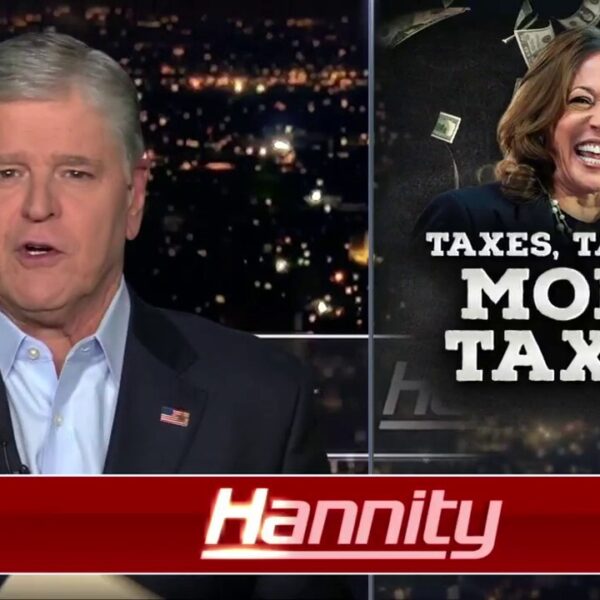We had a red sweep in the US election. That’s an outcome that was consensus bond bearish, on assumed larger deficits, inflationary tariffs and growth-boosting tax cuts.
The initial reaction was about what you would expect, with 10-year yields rising 24 bps at the peak on Wednesday.
Since then, two things happened:
- The first is that the broader market appears to be taking the view that Trump 2.0 will be like Trump 1.0, not like the guy on the campaign trail.
- Powell delivered a dovish message at the FOMC and that market embraced it.
You can also argue that some portion of the run-up in yields since the start of October was due to pricing in a Trump win, though I would certainly argue that it was largely due to better-than-expected economic data and the Fed removing recessionary tail risks with a 50 bps cut.
What now?
There is a good argument that we consolidate around these levels until we get a better view on what version of Trump we get. At the same time, I wonder if we get some misleading signals on economic data in the next couple months due to fears of tariffs and pent-up spending following the election.
That will make for a challenging environment to separate the signals from the noise, as even before the election there was a healthy debate about where inflation was heading.
Looking ahead, BMO highlights next week’s CPI report as a tradeable event:
As Powell observed at the recent press conference, it
is far too soon for monetary policy expectations to reflect any potential
changes from the White House and as a result, the Treasury market will shift
back into the mode of responding to the fundamentals of growth, employment, and
inflation. Wednesday’s CPI report will feature prominently in the market’s
interpretation of the prospects for a December pause in rate cuts. Core
inflation is forecasted to increase by an above-trend +0.3% in October, and the
noise associated with the hurricanes could skew the number even higher.
Looking ahead, they expect 10s to fall below 4% at some point in the next seven weeks:
We remain constructive on Treasuries in the
medium-term and anticipate a return to 3-handle 10s at some point before the
New Year. The inability of the Trump trade momentum to push 10-year yields to
4.50% and the subsequent buying interest that has emerged are very telling, as
it’s clear the passage of the election event risk was as relevant (if not more)
than the actual outcome.















